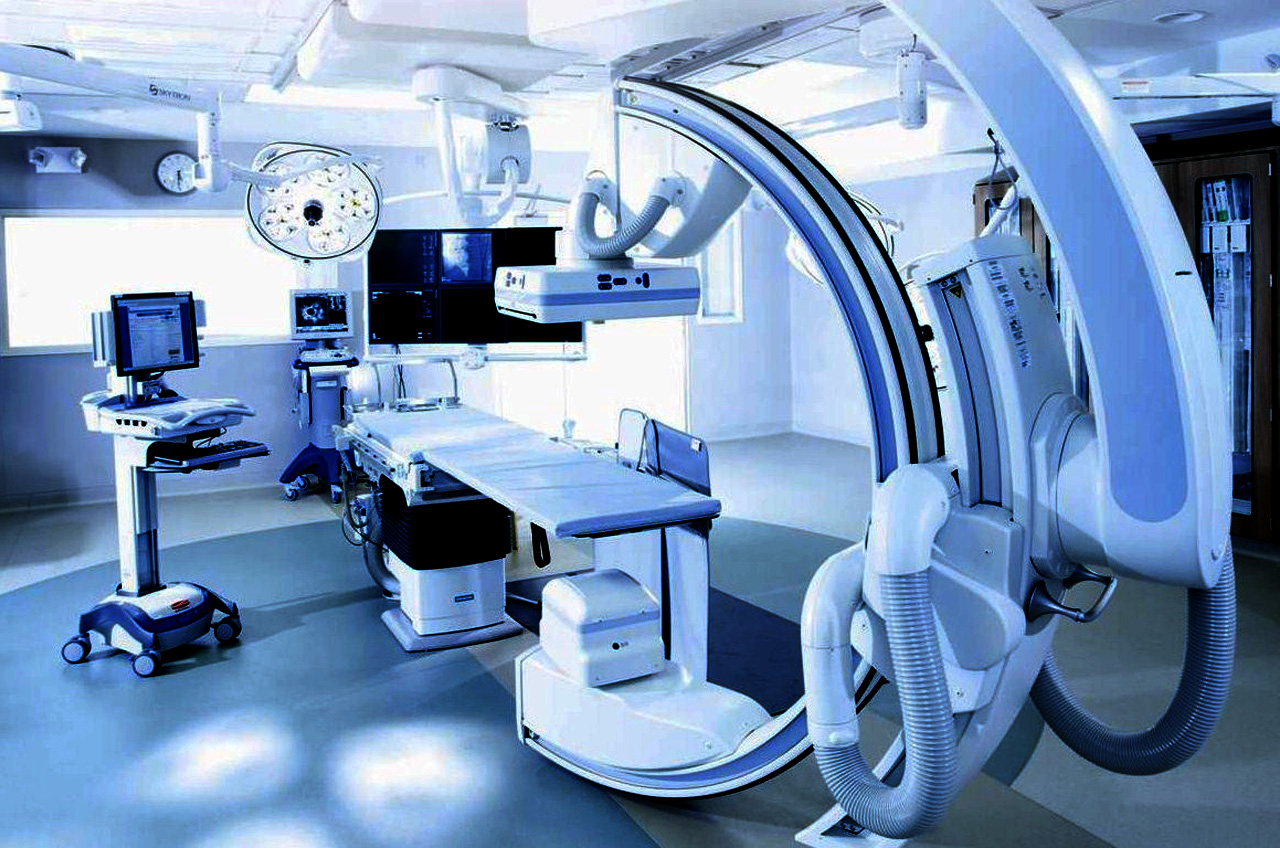
Medical equipment and technologies
Medical Equipment and Technologies: Advancements that are Revolutionizing Healthcare
Advancements in medical equipment and technologies have significantly improved the quality of healthcare in recent years. Medical equipment and technologies range from simple tools like stethoscopes to sophisticated imaging equipment like MRI machines. In this article, we will explore the advancements in medical equipment and technologies and how they are revolutionizing healthcare.
-
Electronic Health Records (EHRs)
Electronic Health Records or EHRs are digital versions of patient medical records. EHRs allow healthcare providers to access and share patient medical records easily, improving the coordination of care between healthcare providers. EHRs also enable healthcare providers to make more informed decisions, reduce medical errors, and improve patient outcomes.
-
Telemedicine
Telemedicine is the use of technology to provide medical care remotely. Telemedicine allows healthcare providers to communicate with patients through video conferencing, enabling them to diagnose and treat patients without the need for an in-person visit. Telemedicine has improved access to healthcare, particularly in rural areas, and has also reduced healthcare costs.
-
3D Printing
3D printing is the process of creating a physical object from a digital model. In healthcare, 3D printing has been used to create customized prosthetic limbs, dental implants, and surgical tools. 3D printing has improved patient outcomes by providing personalized solutions that fit the patient’s unique needs.
-
Artificial Intelligence (AI)
Artificial Intelligence or AI is the use of computer algorithms to perform tasks that would typically require human intelligence. In healthcare, AI has been used to improve medical diagnosis and treatment. AI-powered systems can analyze medical images, identify potential health risks, and recommend appropriate treatment options.
-
Robotic Surgery
Robotic surgery is a type of minimally invasive surgery that is performed using robotic systems. Robotic surgery allows for greater precision and control during surgery, reducing the risk of complications and improving patient outcomes. Robotic surgery has been used for a range of procedures, including prostate surgery and hysterectomies.
-
Wearable Medical Devices
Wearable medical devices are electronic devices that are worn on the body and used to monitor vital signs, track fitness, and diagnose medical conditions. Wearable medical devices have improved patient outcomes by providing real-time monitoring of health conditions and allowing for early detection of health problems.
In conclusion, advancements in medical equipment and technologies have revolutionized healthcare by improving access to care, reducing healthcare costs, and improving patient outcomes. From EHRs and telemedicine to 3D printing and robotic surgery, medical equipment and technologies have transformed healthcare and will continue to do so in the future. As healthcare continues to evolve, we can expect to see even more innovative advancements in medical equipment and technologies that will further improve the quality of care for patients.

